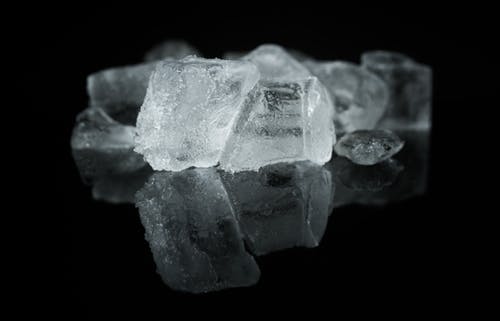Ice packs to reduce pain, swelling, and slow down any bleeding have long been a popular remedy.
The tradition then expanded to give the ice therapeutic qualities, such as speeding up healing in case of sports injuries or recovery fatigue.
Today it is easy to find professionals who advise ice packs for any form of musculoskeletal discomfort.
The many scientific research made over the years, however, they did not provide bland confirmations to which many warnings were added.
The use of ice in association with exercise is rather controversial. Let's try to take stock.
Index
Bleeding
The use of snow as a remedy to stop bleeding from a wound dates back to ancient times.
What does science say? That the cold narrows the vessels slowing down the bleeding or enlargement of a hematoma. Therefore immediately serves.
Since it also slows down other physiological processes, such as those of repair, it must be applied immediately and for a limited time.
Swelling and pain
Even the process of swelling of the tissues is slowed by the cold, while the numbness of the superficial nerve endings decreases the sensation of pain. This can be useful in the event that swelling and pain prevent you from continuing an important activity, but it is necessary to evaluate if continuing this activity could cause further damage.
Basically, it is a good temporary remedy for sprains, but it must be accompanied by immobility. What is important to know is that this remedy does not play a role in long-term healing.
Recovery
The idea of alternating hot and cold (sauna and tub water cold, for example) for recover faster after a workout it was based on the theory that the vasodilation followed by sudden vasoconstriction speed up the filtering of blood and the disposal of toxins.
Actually i thermal regulation mechanisms our body, being fundamental to survival, are well protected and self-regulated. Apart from the subjective feeling, which can be pleasant, there is no evidence that this hot-cold alternation speeds anything up.
There is no evidence that ice has any other benefits on long-term biochemical responses.
It should also be noted that i inflammatory processes to a certain extent they have their own usefulness and they are not necessarily suppressed, because they protect us, treat us and adapt our body to stress.
If we decide to use ice, then, we will need to use it wisely and have a clear purpose in mind: to prevent heat damage, continue sports, or manage swelling and pain relief in the short term.
Beyond the short term, the continuous and chronic application of cold has questionable value, and in sports it is not recommended.

